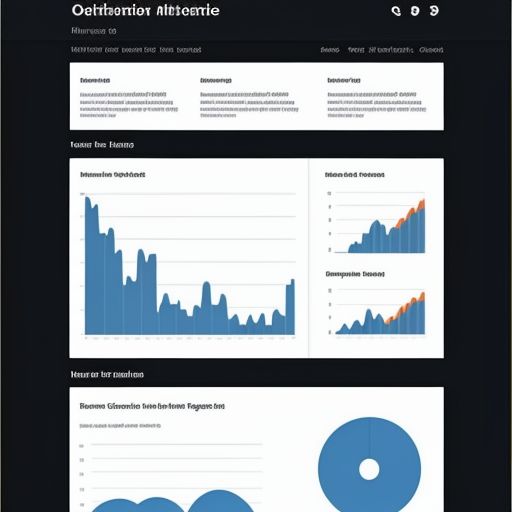In today’s digital landscape, businesses of all sizes are migrating their operations to the cloud. Amazon Web Services (AWS), a leading cloud provider, offers a flexible and scalable solution with its cloud hosting services. However, understanding Amazon cloud hosting pricing can seem like navigating a labyrinth. This comprehensive guide aims to demystify AWS pricing, empowering you to make informed decisions for your business.
Understanding Amazon Cloud Hosting
Before diving into the intricacies of pricing, let’s clarify what Amazon cloud hosting entails. Essentially, it involves renting virtual resources, including servers, storage, databases, networking, and more, from Amazon’s vast data centers.
Why Choose Amazon Cloud Hosting?
- Scalability and Flexibility: AWS allows you to scale your resources up or down based on demand, ensuring optimal performance during peak periods.
- Cost-Effectiveness: The pay-as-you-go model eliminates upfront investments and allows you to pay only for what you use.
- Reliability and Security: AWS data centers are designed for high availability and data protection, offering peace of mind.
- Global Reach: With data centers worldwide, AWS ensures low latency and a seamless experience for your global audience.
Decoding Amazon Cloud Hosting Pricing
Amazon’s pricing structure is renowned for its granularity, offering a wide array of options to suit diverse needs. While this flexibility is advantageous, it can also be overwhelming for newcomers.
Key Pricing Factors:
- Compute: The type and size of virtual servers (EC2 instances) you choose significantly impact costs.
- Storage: AWS offers various storage options, including S3 (object storage), EBS (block storage), and more, each with different pricing tiers.
- Data Transfer: Transferring data in and out of AWS data centers incurs charges based on volume and location.
- Database: Utilizing managed database services like RDS or self-managed databases like MySQL on EC2 affects pricing.
- Networking: Factors like data transfer within AWS, internet usage, and load balancing contribute to networking costs.
Pricing Models:
- On-Demand Instances: Ideal for short-term or unpredictable workloads, offering flexibility without long-term commitments.
- Reserved Instances: Suited for steady-state workloads, providing significant discounts for upfront payments and long-term usage.
- Spot Instances: Offer unused EC2 instances at significantly reduced rates, suitable for fault-tolerant applications.
- Savings Plans: Provide discounts for committing to a specific amount of compute usage over a one- or three-year term.
hosting.decornhalux.com/wp-content/uploads/2024/07/amazon-cloud-hosting-pricing-668f8a.jpg" alt="Amazon Cloud Hosting Pricing" width="512" height="512">Amazon Cloud Hosting Pricing
FAQs About Amazon Cloud Hosting Pricing
How much does Amazon cloud hosting cost?
There’s no one-size-fits-all answer. AWS pricing is highly customizable and depends on your specific usage patterns and chosen services.
Are there any free tiers available?
Yes, AWS offers a free tier for new users, allowing them to experiment with various services within specified usage limits.
How can I optimize my AWS costs?
Utilizing cost optimization tools, right-sizing instances, leveraging reserved instances, and monitoring usage patterns can significantly reduce costs.
Conclusion
Navigating Amazon cloud hosting pricing can seem daunting at first, but understanding the key factors, pricing models, and available resources can empower you to make cost-effective decisions. By carefully evaluating your needs, exploring pricing options, and implementing optimization strategies, you can harness the power of AWS while keeping your cloud expenditure in check.
We encourage you to share your thoughts, questions, and experiences with Amazon cloud hosting pricing in the comments section below. Let’s learn and grow together in the ever-evolving world of cloud computing.





